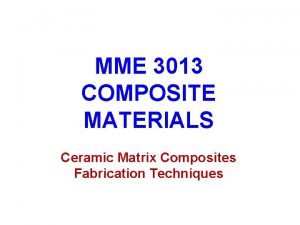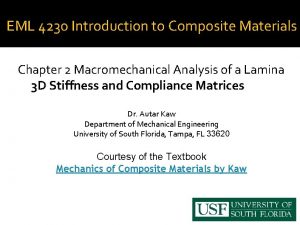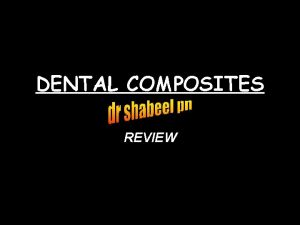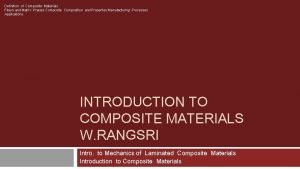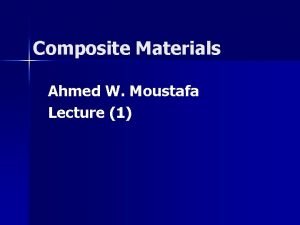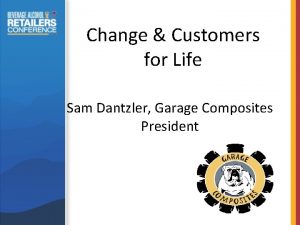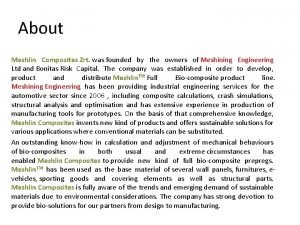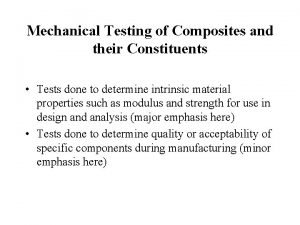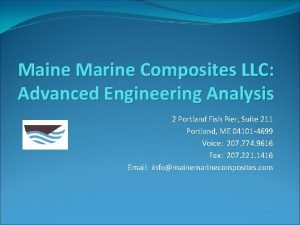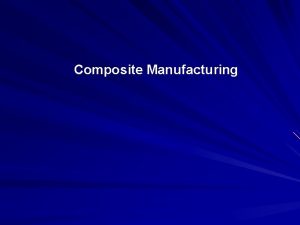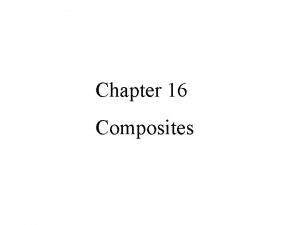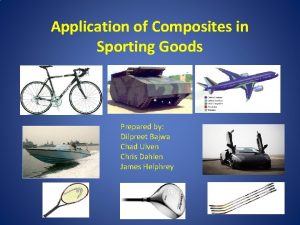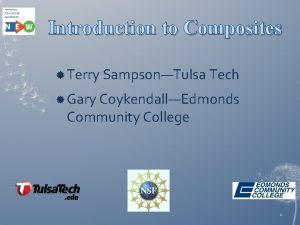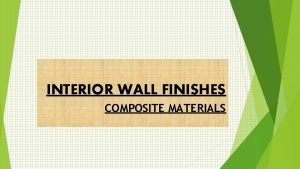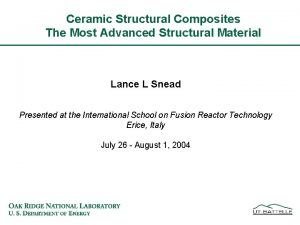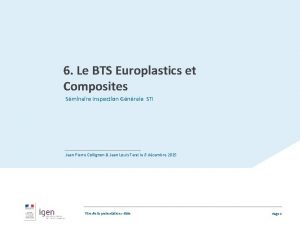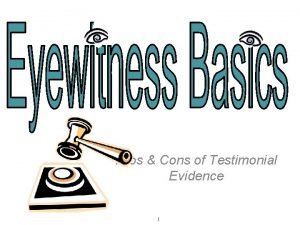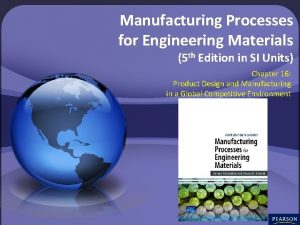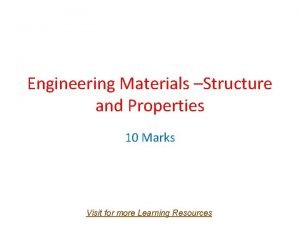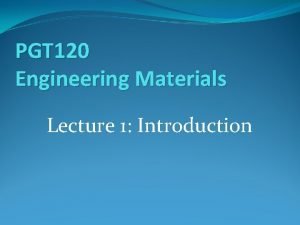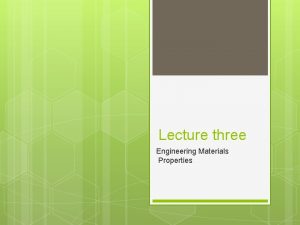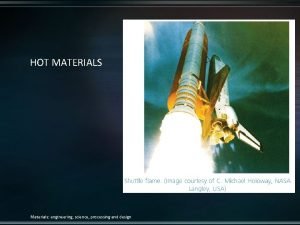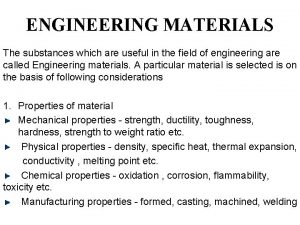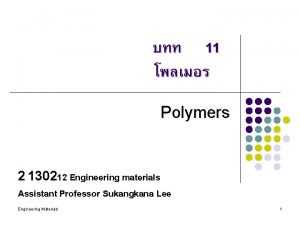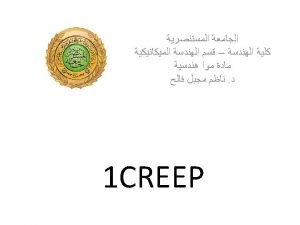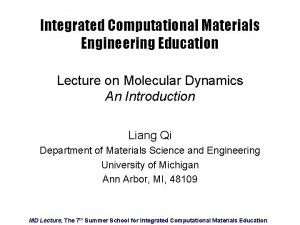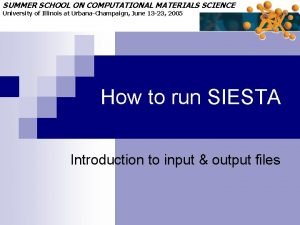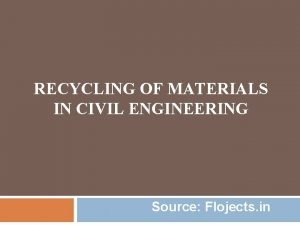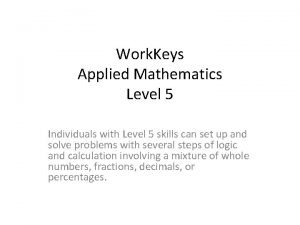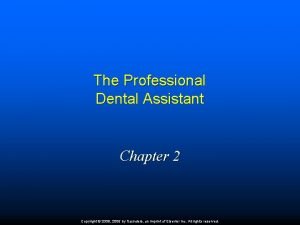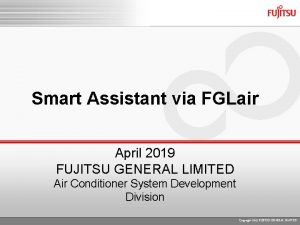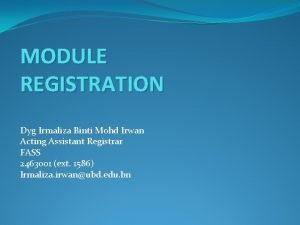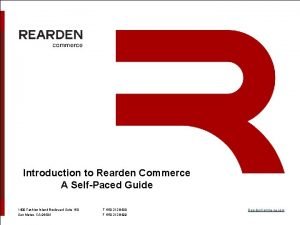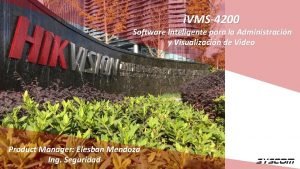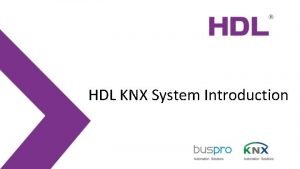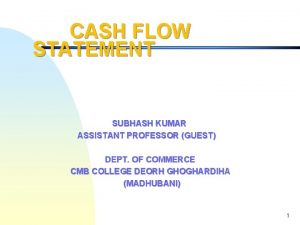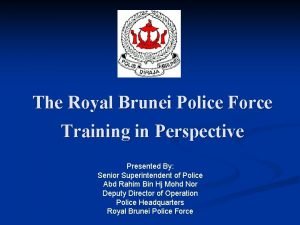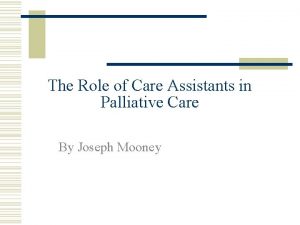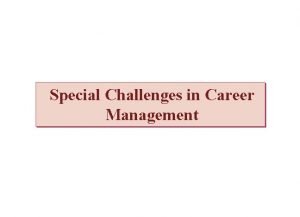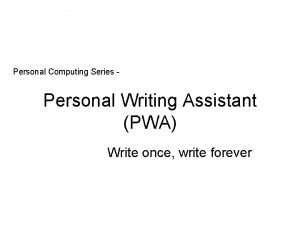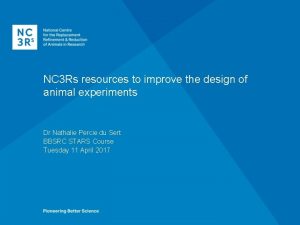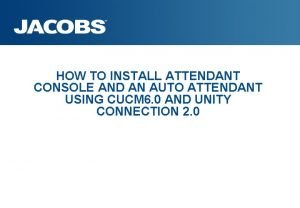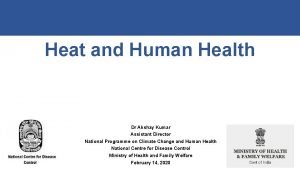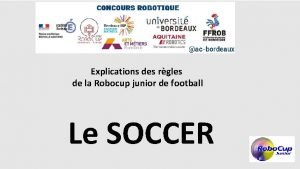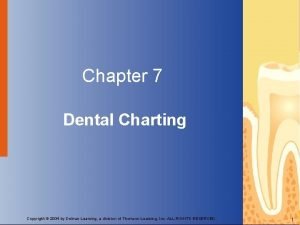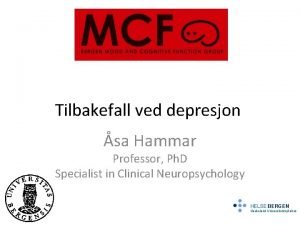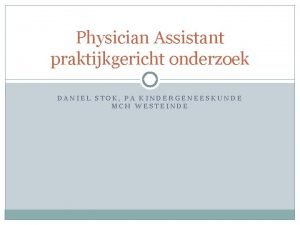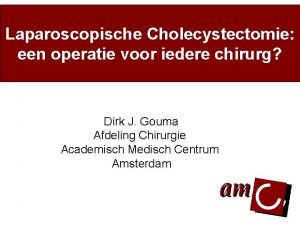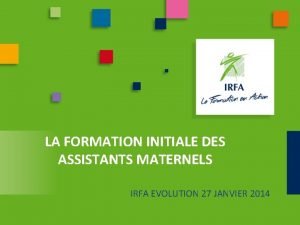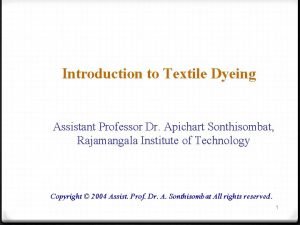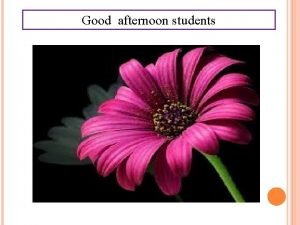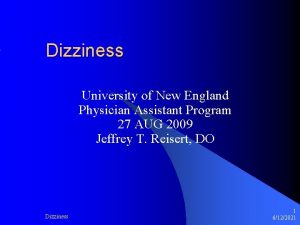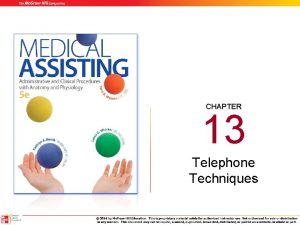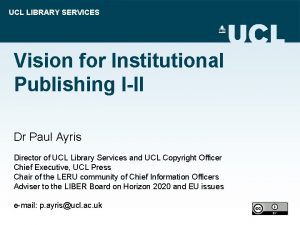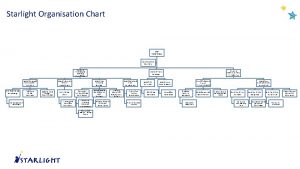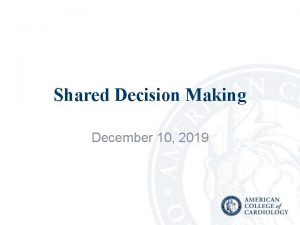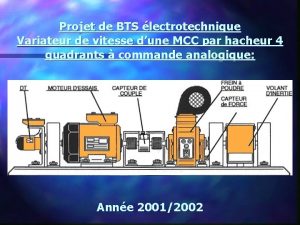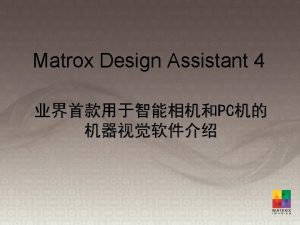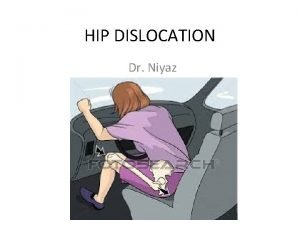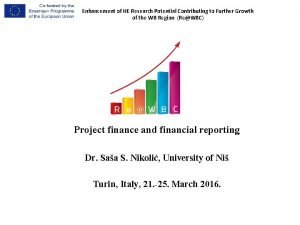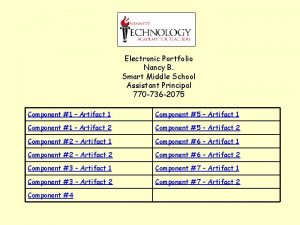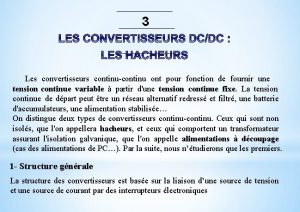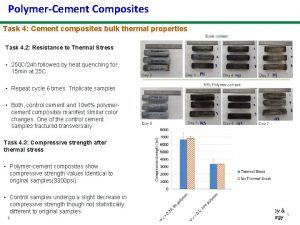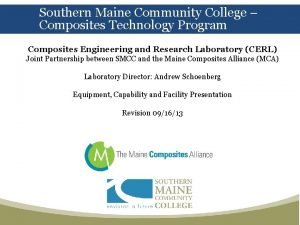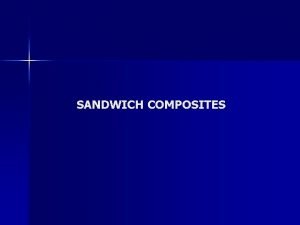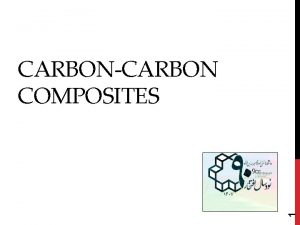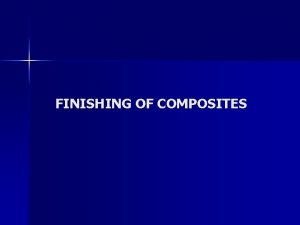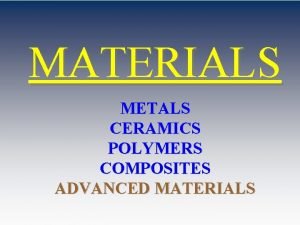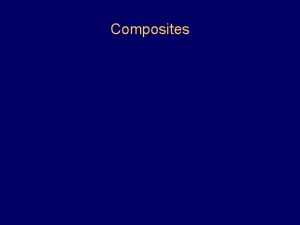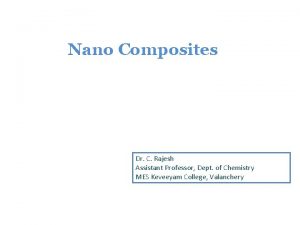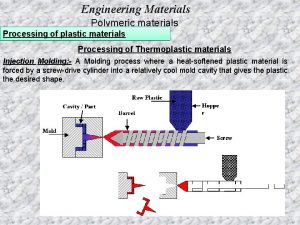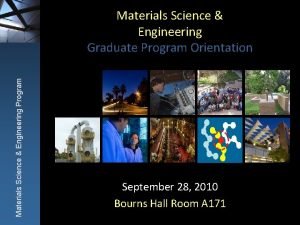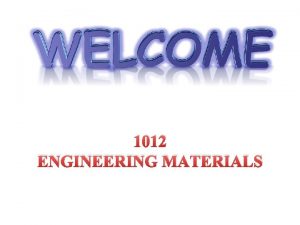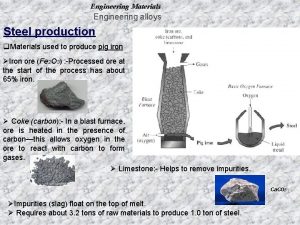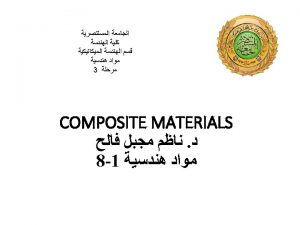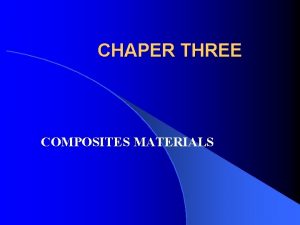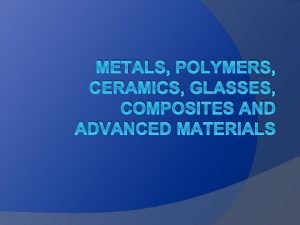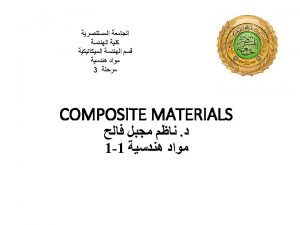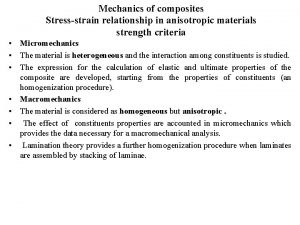11 Composites 2 130212 Engineering materials Assistant Professor














































































































- Slides: 110

บทท 11 วสดรวม Composites 2 130212 Engineering materials Assistant Professor Sukangkana Lee 1



Electric Mobility Cart Body: fiber glass Windshield: laminated glass Ceiling: fiber glass ceiling, Seats: soft seat and softened arm seat Floor: leather Instrument panel: fiber glass, www. impexol. cn/2005/1 -15/08530234967. html 4





�������� matrix 1. Metal Matrix Composites (MMC) MMC are composed of a metallic matrix (aluminum, magnesium, iron, cobalt, copper) and a dispersed ceramic (oxides, carbides) or metallic (lead, tungsten, molybdenum) phase. 2. Ceramic Matrix Composites (CMC) CMC are composed of a ceramic matrix and embedded fibers of other ceramic material (dispersed phase). 3. Polymer Matrix Composites (PMC) PMC are composed of a matrix from thermoseting (Unsaturated Polyester (UP), Epoxiy (EP)) or thermoplastic (Polycarbonate (PC), Polyvinylchloride, Nylon, Polysterene) and embedded glass, carbon, steel or Kevlar fibers (dispersed phase). 9

Classification of Composite 1. Particle-Reinforces Composite 2. Fibrous Composite Matrix Particles วสดเสรมสามารถมไดหลายรปราง Fiber Matrix และหลายขนาด เชน 10

3. Other Composite Structures (a) Conventional Laminar Composite Structure (b) Sandwich Structure – Foam Core (c) Sandwich structure using honeycomb core 11



Carbon Fiber Glass Fiber 14

Multilayered composite 3 -D weave for fiberreinforced composite 15

Advantages 1. 2. 3. 4. 5. 6. 7. 8. lightweight The fiber/resin mix can be customized to meet stiffness, strength and manufacturing requirements Part consolidation means a reduced number of assemblies and a reduced fastener count Reduced machining Tapered sections and compound contours easily accomplished Resistant to corrosion Resistant to fatigue damage with good damping characteristics Low coefficient of thermal expansion 16

disadvantages l l Complex manufacturing process Some part are cost consumption No able to recycle Difficult to repair or replacement 17


Strength of Continuous Composites po s Co m Stress ite Fiber Fracture Matrix Fracture Strain 19








. 4 The pultrusion process การดงเสน ใยผานอางพลาสตกเหลว เปนการผลต Fiber-reinforced plastic composite materials 27


Power cable PE Cu PVC 29


31

32

Metal metrix composite MMC are composed of a metallic matrix (aluminum, magnesium, iron, cobalt, copper) and a dispersed ceramic (oxides, carbides) or metallic (lead, tungsten, molybdenum) phase. l D: Documentsweb 1302 212Metal matrix composites. mht 33

Plastic matrix composite PMC are composed of a matrix from thermoseting (Unsaturated Polyester (UP), Epoxiy (EP)) or thermoplastic (Polycarbonate (PC), Polyvinylchloride, Nylon, Polysterene) and embedded glass, carbon, steel or Kevlar fibers (dispersed phase). 34

35

36 http: //www. hsc. csu. edu. au/engineering_studies/aero_eng/2579/polymer_composites. html

Ceramic matrix composite CMC are composed of a ceramic matrix and embedded fibers of other ceramic material (dispersed phase). แทนเจาะนำมนม ฐานเปนคอนกรตเสรมเหลก 37

What is Concrete? Concrete is basically a mixture of two components: 1. Aggregates 2. Paste (or binder) 38

Hydration of cement l ‘Hydration’ is the chemical reaction of the cementitious materials and water. l The result is the paste become solid and bind the aggregates. l ซเมนตกบนำ จะทำปฏกรยาอยางชาๆ จากผวนอกสดานใน ถาไดรบนำอยางตอเนอง เชน 39

Hydration + + + + 1. Unhydrated cement&water 2. Hydrated cement containing capillary pores ++ ++ ++ + + + 3. Extra water filled pores + ++ + + + ++ + ++ ++ + 4. Cement completely hydrated 40





Cement process 1. Quarry 2. Crusher 3. Conveyor 6. Filter bag 7. Preheater 8. Kiln : 1000 -2000 C 4. Mixing bed 9. Cooler 5. Raw mill 10. Clinker silo 11. Cement mill 12. Logistics 45

Cement process l l animation : How we make cement http: //www. essroc. com/default. aspx? pageid= 183 46


Types of Cements 1. Portland Cements: is a hydraulic cement which means that it sets and hardens due to a chemical reaction with water. Consequently, it will harden under water. สวนประกอบหลก คอ Lime-Ca. CO 3 (calcium carbonate) หรอปนขาว ซงทมขายในทองตลาดอยในรปของผงสขา ว l Si. O 2 (Silica) l Al 2 O 3 (Alumina) l Fe 2 O 3 (Ferrite) l 48


2. Blended hydraulic cement contains additional ingredients, such as fly ash, or blast furnace slag directly in the cement. Presently, most concrete for use in pavement is made with a portland cement, but use of blended hydraulic cements appears to be increasing. 50

สวนผสมของ Concrete l Cement paste: 25% to 40% (Cement 7% -15%, water 14% - 21%) l Aggregates: 60% to 75% l Air content: up to about 8% 51

Concrete Quality The quality of any concrete is dependent upon the water-cement ratio or water-cementitious ratio). Water-cement ratio Strength 0. 4 0. 6 0. 8 High Medium Low In general, concrete with a lower watercementitious ratio is stronger and less permeable, thus more durable. 52


Entrained air VS Entrapped air l. Entrained air: the tiny microscopic air bubbles, provide free space within the paste to relieve hydraulic pressure when concrete freezes preventing cracking. 54

l. Entrapped air: air that gets trapped in the concrete during mixing and are much larger than entrained air bubbles. Any concrete with a large number of entrapped air voids will probably have lower strength and durability. 55


Strength 1. Compressive strength : the compressing force necessary to break the concrete divided by the contact area of the specimen www. mtc-inc. net www. bam. de/div-71. htm 57

www. superformicf. ca/concretestrength. ht m 1. 2. Concrete continues to gain strength with age. The strength used in designing and specifying concrete is measured at 28 days. 58

grade Applications Most concrete compressive strength (psi) 3000 to 5000 paving 6000 Road, floor High-strength 20, 000 Building, bridge general 59

2. Flexural strength: is the strength of concrete to bending. l In designing concrete pavements, flexural strength is often used because it better simulates what happens when a slab is loaded by vehicles. l Most general-use concrete has a flexural strength between 500 psi to 700 psi. 60

http: //www. lflassociates. com/content/philosophy. html 61










Fibre Reinforced Polymer (FRP ( Mithila Achintha and Chris Burgoyne www-civ. eng. cam. ac. uk/cjb/frpdebond/index. html 71

บตทางไฟฟาและสารกงตวนำ บทท 12 Electrical Properties of Materials and semiconductor 2 130212 Engineering materials Assistant Professor Sukangkana Lee 72







Material Metals Ag Cu Au Al Semiconductors Ge Si Insulators Diamond Mica Electrical resistivity ( m) 1. 61 10 -8 1. 69 10 -8 2. 26 10 -8 2. 83 10 -8 Electrical conductivity ( -1 m-1) 6. 2 107 5. 92 107 4. 44 107 3. 57 107 0. 47 3 103 2. 1 3 10 -4 1 1014 9 1014 1 10 -14 1 10 -15 79








Energy band gap Equilibrium Interatomic spacing ระยะหางระหวางอะต อม The electron energy band structure for a solid material 87 at the equilibrium interatomic separation.



ม 4 valence electrons Si Lattice 90

ประเภทของ Semiconductor ม 2 ประเภท คอ 1. Intrinsic semiconductor 2. Extrinsic semiconductor 91



Ge crystal lattice Ge crystal structure at T= 0 K ไมนำไฟฟา e- Hole + T> 0 K ม thermal excite e- กระโดดขาม gap at T > 0 K นำไฟฟาได 94


The Czochralski process The growth of a large (10 or more inches in diameter!) single crystal of silicon. l In this process, a solid seed crystal is rotated and slowly extracted from a pool of molten Si. l 96





Extrinsic semiconductors มอย ชนดคอ 1. Extrinsic n type (negative) 2. Extrinsic p type (positive) 2 101

VA produce n-type semiconductors by contributing extra electrons. 5 valence electrons 3 valence electrons IIIA produce p-type semiconductors by producing 102 a “hole” or electron deficiency


Extrinsic p type Extra holes in the band gap allow excitation of valence band electrons, leaving mobile holes in the valence band. 104






Multicrystalline silicon 110
 Promotion from associate professor to professor
Promotion from associate professor to professor Cuhk assistant professor salary
Cuhk assistant professor salary Ceramic matrix composites definition
Ceramic matrix composites definition Monoclinic material stiffness matrix
Monoclinic material stiffness matrix Composite knowledge ofsted
Composite knowledge ofsted Composite definition dental
Composite definition dental Ceramic matrix composites definition
Ceramic matrix composites definition Ceramic matrix composites definition
Ceramic matrix composites definition Garage composites
Garage composites Replsi
Replsi Mechanical materials
Mechanical materials Maine marine composites
Maine marine composites Vartm process steps
Vartm process steps Composite materials classification
Composite materials classification Composites in sports
Composites in sports Warp clock composites
Warp clock composites Interior wall finishes
Interior wall finishes Structural composites industries llc
Structural composites industries llc Bts epc
Bts epc Testimony evidence example
Testimony evidence example Natural materials
Natural materials Example of useful and harmful materials at home
Example of useful and harmful materials at home Natural materials and man made materials
Natural materials and man made materials Adapting and adopting materials
Adapting and adopting materials Direct materials budget with multiple materials
Direct materials budget with multiple materials Manufacturing processes for engineering materials
Manufacturing processes for engineering materials Types of engineering materials
Types of engineering materials What is the engineering materials
What is the engineering materials Optical properties of engineering materials
Optical properties of engineering materials Hot materials
Hot materials Classification of engineering materials chart
Classification of engineering materials chart Engineering materials
Engineering materials Materials for engineering
Materials for engineering Integrated computational materials engineering
Integrated computational materials engineering Iit delhi polymer science
Iit delhi polymer science Integrated computational materials engineering
Integrated computational materials engineering Floject
Floject System procurement process in software engineering
System procurement process in software engineering Forward engineering and reverse engineering
Forward engineering and reverse engineering Principles of complex systems for systems engineering
Principles of complex systems for systems engineering Elegant systems
Elegant systems Reverse engineering vs forward engineering
Reverse engineering vs forward engineering The signmaker's assistant quiz
The signmaker's assistant quiz Workkeys applied mathematics level 5 answers
Workkeys applied mathematics level 5 answers The adaa was formed in 1924 by:
The adaa was formed in 1924 by: Fujitsu home assistant
Fujitsu home assistant Medical assistant program rop
Medical assistant program rop Mia irwan
Mia irwan Cisco configuration assistant 3.2 download
Cisco configuration assistant 3.2 download Kpu health care assistant
Kpu health care assistant Reardon commerce
Reardon commerce Cooperative interview questions
Cooperative interview questions Ibm support assistant workbench
Ibm support assistant workbench Software recording assistant
Software recording assistant Knx topology
Knx topology Scorer and assistant scorer
Scorer and assistant scorer Assistant district commissioner
Assistant district commissioner Mrs rajlaxmi is working
Mrs rajlaxmi is working Cashflow assistant
Cashflow assistant Assistant teacher of gps
Assistant teacher of gps Attribute assistant arcmap
Attribute assistant arcmap Shop assistant welcome madam
Shop assistant welcome madam Head girl manifesto for primary school
Head girl manifesto for primary school What is the main idea of the signmaker's assistant
What is the main idea of the signmaker's assistant Cadet assistant superintendent of police brunei
Cadet assistant superintendent of police brunei Role of a teaching assistant
Role of a teaching assistant Palliative care assistant
Palliative care assistant Dual career paths
Dual career paths Siri dahl personal assistant
Siri dahl personal assistant How to email a professor
How to email a professor Patient safety assistant
Patient safety assistant Experimental design assistant
Experimental design assistant Cisco attendant console standard
Cisco attendant console standard Akshay kumar assistant
Akshay kumar assistant Arbitre assistant robot
Arbitre assistant robot Executive assistant conference 2019
Executive assistant conference 2019 Edwin walker acl
Edwin walker acl Alexa voice training
Alexa voice training Cisco personal communications assistant
Cisco personal communications assistant Lingual pit
Lingual pit Customer shop assistant dialogue
Customer shop assistant dialogue Spiritual assistant
Spiritual assistant D-kefs scoring assistant
D-kefs scoring assistant Shopping conversation questions
Shopping conversation questions Daniel stok
Daniel stok Surgery assistant cholecystectomie
Surgery assistant cholecystectomie Qcm module 1 assistant maternel
Qcm module 1 assistant maternel Junior assistant scoutmaster
Junior assistant scoutmaster Printing and dyeing assistant
Printing and dyeing assistant Good evening assistant
Good evening assistant Good afternoon students gif
Good afternoon students gif University of new england physician assistant program
University of new england physician assistant program Chapter 41 telephone techniques true or false
Chapter 41 telephone techniques true or false Veternary course
Veternary course Bakersfield adults school medical assistant
Bakersfield adults school medical assistant Assistant techer
Assistant techer Ethical and legal issues affecting the nursing assistant
Ethical and legal issues affecting the nursing assistant Ucl library assistant
Ucl library assistant Starlight assistant
Starlight assistant Xxxdbo
Xxxdbo Medicare assistant
Medicare assistant Hacheur assistant
Hacheur assistant Matrox iris gt
Matrox iris gt Assistant
Assistant Office management assistant psc
Office management assistant psc Student
Student Assistant director vicky
Assistant director vicky Adminastrative assistant day
Adminastrative assistant day Smart middle school
Smart middle school Efda definition
Efda definition Hacheur assistant
Hacheur assistant


